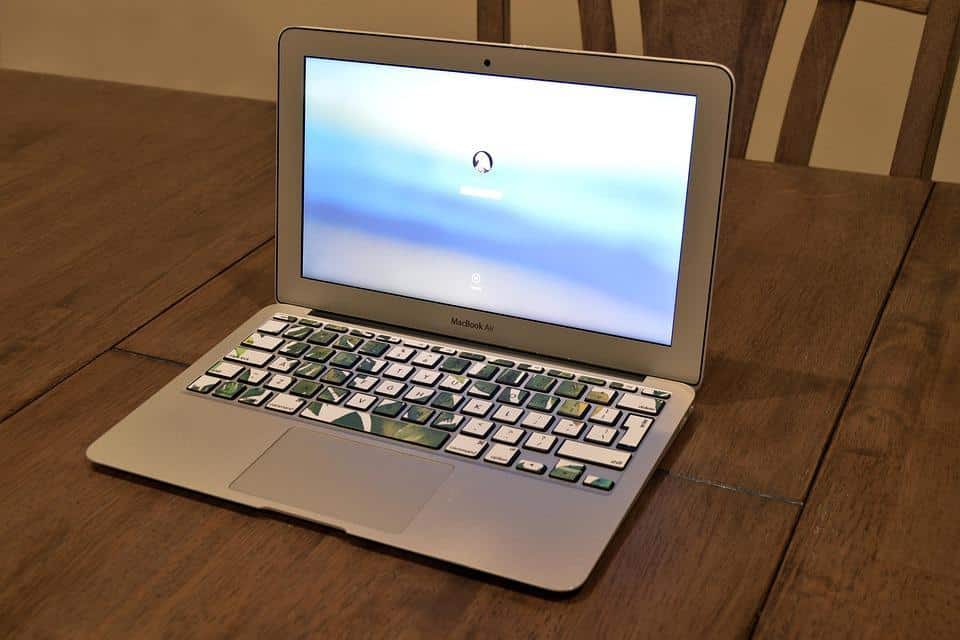Your MacBook Air’s display is your window to creativity, productivity, and connection. When you face MacBook Air display issues, it can feel like the world has closed its doors. But don’t worry; you’re not alone, and there are solutions at your fingertips. Understanding these common issues can empower you to troubleshoot effectively and get back to what you love.
What Are MacBook Air Display Issues?
MacBook Air display issues can manifest in various ways, from flickering screens to color distortions. These problems are not just inconveniences; they can disrupt your workflow and diminish your experience. Being aware of them and knowing how to fix them is crucial. Let’s dive deep into the most common display issues you may encounter and how to tackle them.
1. Flickering Screen
Flickering screens can be incredibly annoying, distracting you from your tasks. This issue often stems from software conflicts or hardware malfunctions.
How to Fix It:
- Update macOS: Go to System Preferences > Software Update. Keeping your software up-to-date can resolve many issues.
- Reset NVRAM/PRAM: Shut down your Mac, turn it on, and immediately press and hold Option + Command + P + R for about 20 seconds.
- Check Display Settings: Go to System Preferences > Displays and adjust the refresh rate.
2. Color Distortion
If your colors look washed out or overly saturated, you’re dealing with color distortion. This could be a sign of a hardware problem or incorrect display settings.
How to Fix It:
- Calibrate Your Display: Go to System Preferences > Displays > Color and choose “Calibrate.” Follow the prompts to adjust your color settings.
- Check for External Displays: If you’re using an external monitor, make sure it’s correctly configured.
3. Dead Pixels
Spots on your screen that remain black or a different color can be frustrating. These are known as dead pixels.
How to Fix It:
- Pixel Fixing Apps: Use software like JScreenFix, which can help revive dead pixels by cycling through colors.
- Physical Pressure: Gently massage the area with a soft cloth (be careful not to damage the screen).
4. Screen Brightness Issues
If your screen is too bright or too dim, it can strain your eyes and reduce visibility. This is often caused by software settings or hardware issues.
How to Fix It:
- Adjust Brightness Settings: Use the F1 and F2 keys on your keyboard to adjust brightness.
- Reset the SMC: Shut down your Mac, then hold Shift + Control + Option + Power for about 10 seconds.
5. Black or Blank Screen
A black or blank screen can be a nightmare, especially when you’re in the middle of something important. This issue may arise from hardware failures or system crashes.
How to Fix It:
- Force Restart: Hold down the Power button for 10 seconds to force a shutdown, then restart.
- Check Connections: If you have an external monitor, ensure all cables are secure.
6. Screen Ghosting
Do you see trails or remnants of images that linger on your display? This phenomenon is known as screen ghosting and can make your visuals look unprofessional.
How to Fix It:
- Reduce Motion Settings: Go to System Preferences > Accessibility > Display and check “Reduce motion.”
- Update Graphics Drivers: Ensure your graphics drivers are current.
7. Screen Overheating
Overheating can cause your display to dim or flicker, signaling potential issues. This is often linked to heavy usage or blocked vents.
How to Fix It:
- Ensure Proper Ventilation: Make sure vents are not blocked. Use your Mac on hard surfaces, not soft ones like beds or couches.
- Monitor Background Processes: Open Activity Monitor and close any unnecessary applications that might be using CPU resources.
Why Addressing Display Issues Matters
Ignoring these display problems can lead to more significant issues down the road. A functioning display is essential for productivity, creativity, and even your overall health. Straining your eyes on a malfunctioning screen can lead to headaches, fatigue, and decreased effectiveness.
Tips for Preventing Future Issues
- Regular Software Updates: Keeping your operating system and software updated can prevent many issues.
- Clean Your Screen: Use a microfiber cloth to keep your display free from dust and fingerprints.
- Be Mindful of Temperature: Avoid exposing your MacBook Air to extreme temperatures.
Bottom Line
Dealing with MacBook Air display issues doesn’t have to be a daunting task. With the right knowledge and tools, you can tackle these problems head-on. Whether it’s flickering screens or color distortions, you now have a toolkit to fix them.
Remember, maintaining your MacBook Air is just as important as using it. Regular check-ups and being proactive can ensure a smooth experience for years to come.
So, if you face any of these issues, don’t hesitate. Dive into the fixes provided here, and get back to enjoying your MacBook Air to its fullest potential!
FAQ
1. How often should I clean my MacBook Air display?
Aim to clean it every few weeks, or whenever you notice smudges.
2. Can I fix dead pixels myself?
Yes, you can try pixel fixing apps or gentle pressure, but if the problem persists, it may require professional help.
3. Is it safe to reset the SMC?
Absolutely. Resetting the SMC can resolve many hardware-related issues without any risk to your data.
For more information, you can refer to resources like Apple Support, iFixit, and TechRadar.
Now that you’re equipped with solutions, take charge of your MacBook Air’s display issues. Your device deserves the best care, and so do you!








